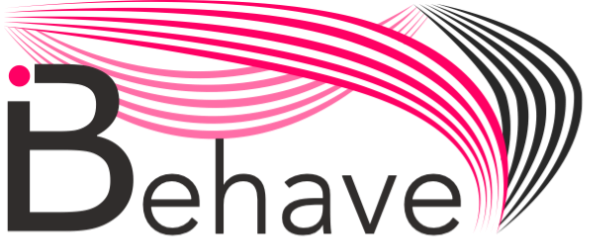In this project area, we will use computational ethology approaches to understand common neurological and psychiatric disorders, using parallel approaches in animal models and patients. The first common goal of the IPs in this research area is to implement fine-scale analysis of behavior and use this approach for AI-based multimodal deep phenotyping of neurological and psychiatric patient cohorts. This will provide a stratification and classification of neuropsychiatric diseases using a first-of-its-kind standardized approach spanning clinical disciplines and departments. This, in turn, will permit to re-evaluate and reanalyze the available clinical and molecular data, yielding new insights into the molecular and genetic foundations of disease sub-entities that were previously obscure. iBehave seeks to implement AI-based multimodal deep phenotyping across a selected, yet wide-ranging set of neurological and psychiatric disorders, including epilepsies, attention deficit disorders (ADHD), fronto-temporal dementia (FTD), and motor disorders (hereditary ataxia). In addition to this common strategy across IP6-9, all IPs maintain individual, computational ethology-based aims with a strong diagnostic or therapeutic potential unique to distinct neurological or psychiatric disorders.
In IP6, results from IP4 and 5 will be leveraged to better understand motor dysfunction in two common neurological disorders spinocerebellar ataxia and Parkinson’s disease.
In IP7, computational ethology approaches will be applied to pre-seizure and seizure states to uncover key mechanisms that predict the occurrence of seizures, the cardinal symptom of epilepsies.
In IP8, the focus lies on detecting new diagnostic behavior modules relevant for frontotemporal dementia and improving cognition.
IP9 focuses on understanding the diversity of ADHD using computational ethology approaches, and on dissecting the circuit basis of the key symptoms.

Research Topic C: Workflows and collaboration

